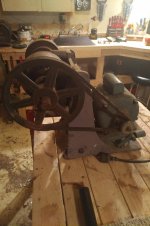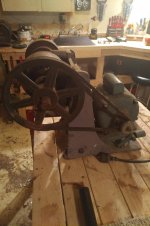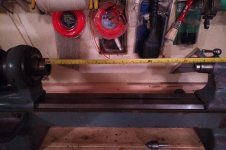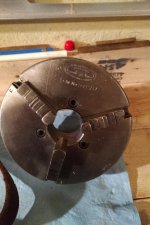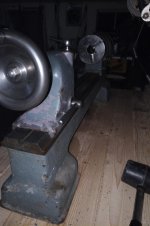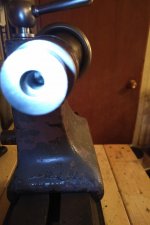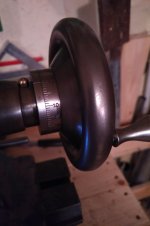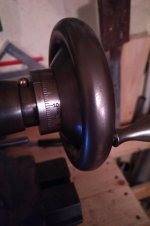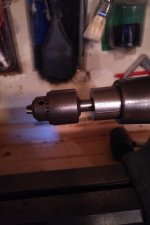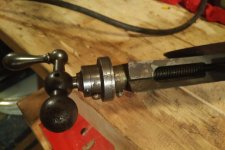Scott Sheridan
Plastic
- Joined
- Jan 5, 2021
Hello folks,
I am new here just today and this is my vert first post, just to get the ball rolling.
I have acquired a Elgin Hardinge lathe that had been stored in my family's barn for many years. In my limited research thus far, it appears to be circa 1930. All the moving parts seem to be free and not seized, although heavily covered in old grease and grime. I plan to restore it and get it working in my home shop.
With that said, I am sure I will have lots of questions going forward (I already have a couple)and hope to obtain help from those of you in the know.
I will be posting photos and serial numbers next, assuming that is the best way to identify machine I have.
I am looking forward to this project and plan to post lots of photos and such as I progress.
Please feel free to direct me to another forum, if this is not the appropriate place.
Thanks in advance...
Scott.
I am new here just today and this is my vert first post, just to get the ball rolling.
I have acquired a Elgin Hardinge lathe that had been stored in my family's barn for many years. In my limited research thus far, it appears to be circa 1930. All the moving parts seem to be free and not seized, although heavily covered in old grease and grime. I plan to restore it and get it working in my home shop.
With that said, I am sure I will have lots of questions going forward (I already have a couple)and hope to obtain help from those of you in the know.
I will be posting photos and serial numbers next, assuming that is the best way to identify machine I have.
I am looking forward to this project and plan to post lots of photos and such as I progress.
Please feel free to direct me to another forum, if this is not the appropriate place.
Thanks in advance...
Scott.












